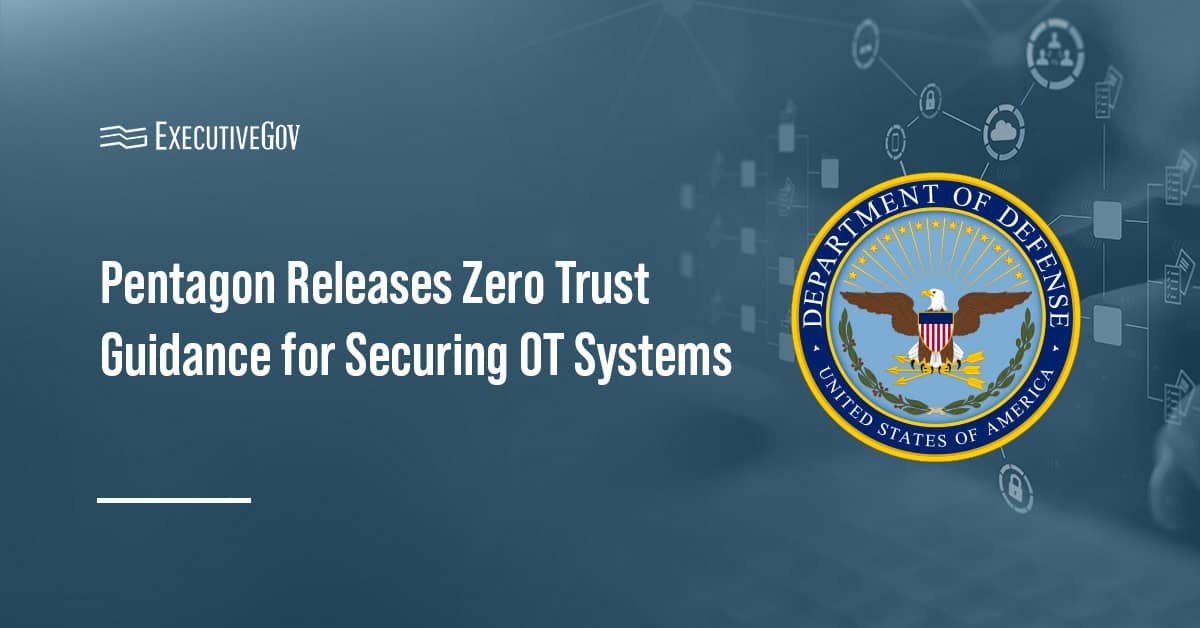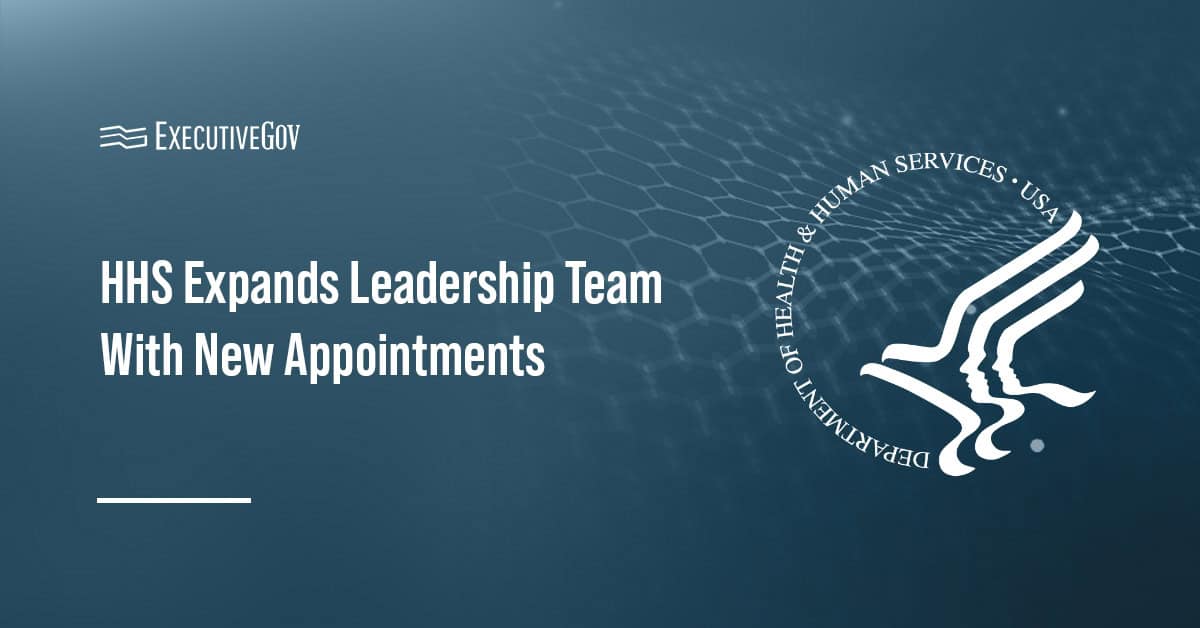 U.S. Army officials have said the military service should decide soon if the branch will procure additional Joint Light Tactical Vehicles or update its current Humvee fleet as part of modernization efforts, DoD Buzz reported Wednesday.
U.S. Army officials have said the military service should decide soon if the branch will procure additional Joint Light Tactical Vehicles or update its current Humvee fleet as part of modernization efforts, DoD Buzz reported Wednesday.Matthew Cox writes Lt. Gen. John Murray, deputy chief of staff for financial management at the Army, told members of Senate Armed Services Committee’s airland subcommittee during a Wednesday hearing he expects the service branch to make a decision on the Humvee fleet in fiscal 2018.
Murray added that Humvees have an average age of approximately 9.5 years and the vehicles “are in good shape for another couple of years,” according to the report.
Oshkosh won a $6.7 billion contract in August 2015 to manufacture 17,000 JLTVs for the Army and the U.S. Marine Corps.
The Army looks to buy more than 49,000 copies of the Humvee replacement, Cox reported.





